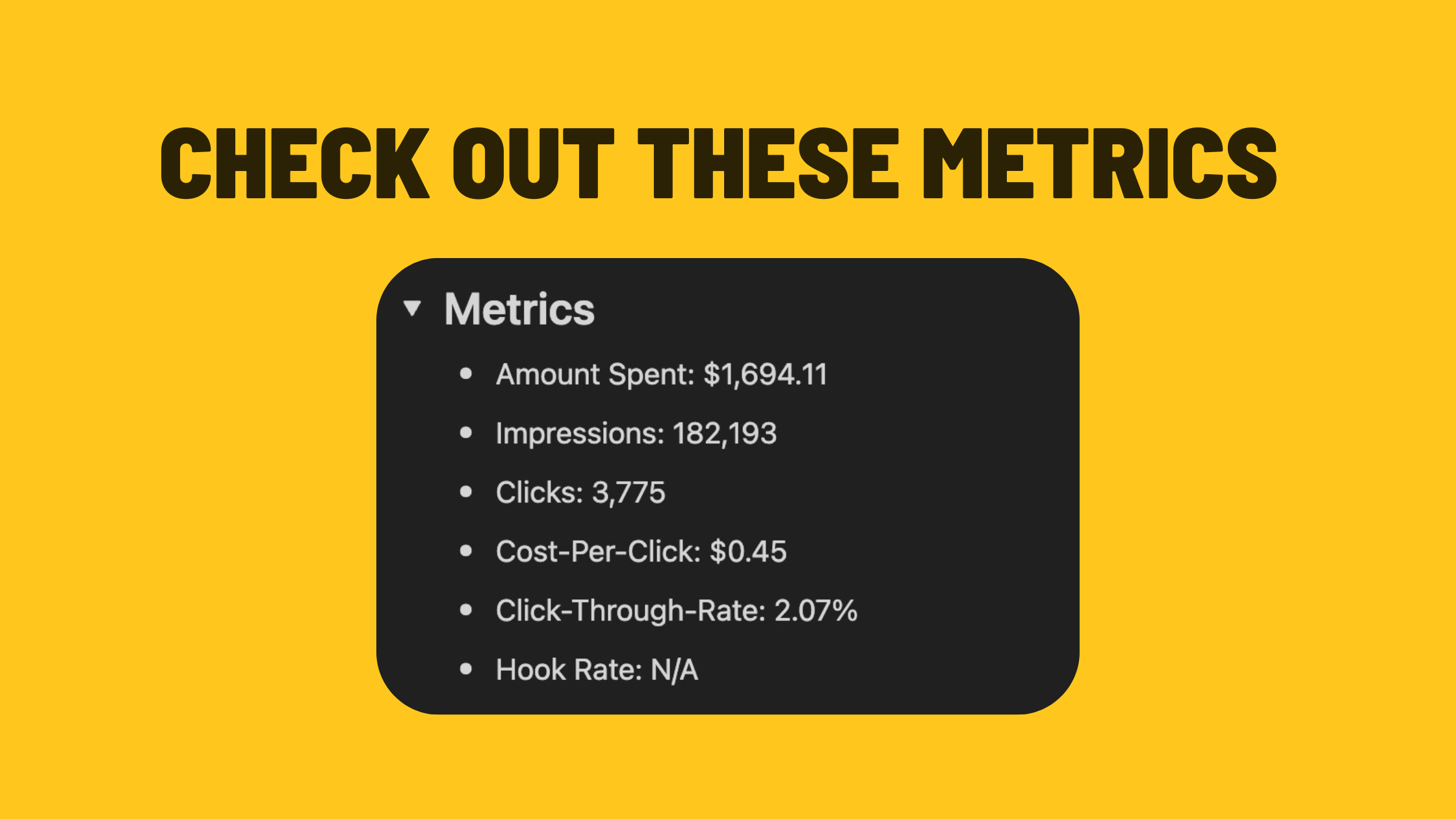How the Instagram Algorithms work
One of the most important things to understand about using Instagram is how Instagram's algorithms work.

One of the most important things to understand about using Instagram is how Instagram's algorithms work. Unlike popular belief, Instagram doesn't rely on a single "Algorithm" to dictate what users see on the app. Instead, Instagram uses a range of innovative algorithms, classifiers, and processes, each with its own unique function.
Instagram believes that leveraging technology to curate the feed is the best way to do so. In the early days of Instagram, all photos were shown in chronological order. However, as more people joined and more content was shared, it became difficult for users to see everything that mattered to them. That's why Instagram introduced a Feed that prioritizes posts based on what users care about most.
Instagram recognizes that each part of the app serves a distinct purpose, from Feed to Explore to Reels, and that people use each section differently. For instance, Stories tend to be the go-to place for people to connect with their closest friends, while Explore is a space for users to discover new and exciting content. As a result, Instagram ranks content differently in various parts of the app, depending on how users interact with them.
Instagram's algorithms are designed to help users get the most out of their time on the platform by showing them the content that matters most to them.

How Instagram Ranks Feed & Stories
Instagram uses a sophisticated ranking algorithm to provide users with personalized experiences. Here's a breakdown of how it works:
- Defining the content to rank: Our algorithm ranks all recent posts shared by the people users follow, with the exception of ads.
- Analyzing signals: Instagram then analyzes all the information they have about what was posted, the people who made the posts, and user preferences. These signals include thousands of factors, such as the time a post was shared, whether users are browsing on a phone or the web, and how often they like videos.
- Ranking signals: Instagram then rank these signals based on their importance across Feed and Stories, in order of priority:
Information about the post. These are signals both about how popular a post is – think how many people have liked it – and more mundane information about the content itself, like when it was posted, how long it is if it’s a video, and what location, if any, was attached to it.
Information about the person who posted. This helps Instagram get a sense for how interesting the person might be to you, and includes signals like how many times people have interacted with that person in the past few weeks.
Your activity. This helps Instagram understand what you might be interested in and includes signals such as how many posts you’ve liked.
Your history of interacting with someone. This gives Instagram a sense of how interested you are generally in seeing posts from a particular person. An example is whether or not you comment on each other’s posts.
By using these signals, Instagram's algorithm can provide users with personalized and relevant content in their Feed and Stories.

Instagram's ranking algorithm is a complex system that considers thousands of signals to personalize your Feed and Stories. The process starts with defining the set of things to rank, which includes recent posts shared by the accounts you follow. However, we also take into account other factors such as ads, and we continuously adjust our algorithms to improve the accuracy of our predictions.
They use predictions to estimate how likely you are to interact with a post in various ways, such as spending time on it, liking it, commenting on it, resharing it, or tapping on the profile photo. These interactions are the most important signals for Instagram when ranking posts in both Feed and Stories. Instagram also considers other factors like whether you're using a phone or web, and what time a post was shared. Based on these signals, we decide how high up a post appears in your Feed or Stories.
Instagram constantly update our algorithms to ensure that they surface content that interests users the most. By constantly improving algorithms and prioritizing user safety, Instagram strive to provide the best possible experience for all Instagram users.
.svg)



